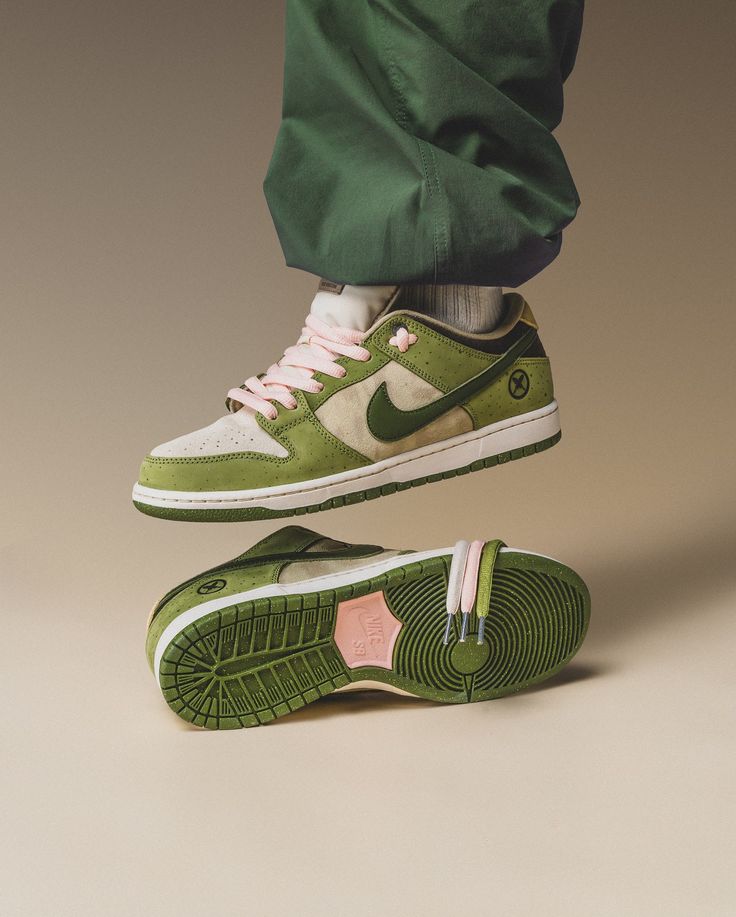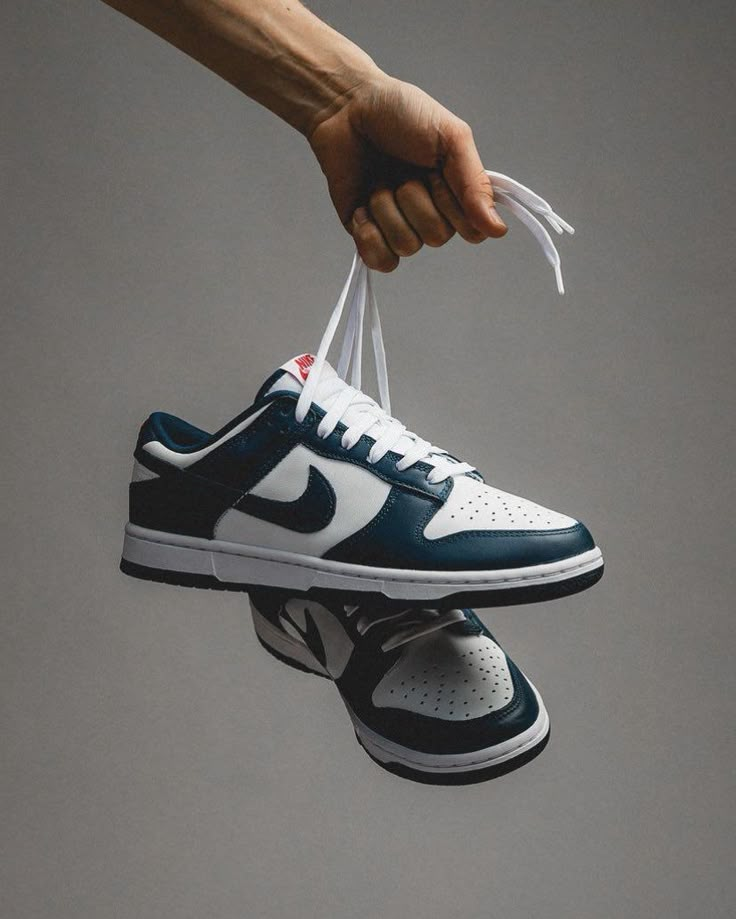



The Iconic Sneaker Legacy
The Nike Jordan shoe, commonly known as “Jordans,” represents one of the most influential and celebrated sneaker lines in history. More than just footwear, these sneakers have become a cultural phenomenon that bridges sports, fashion, and lifestyle. Let’s dive deep into the story behind the Nike Jordan brand—its origins, innovation, cultural impact, and enduring legacy.
The Birth of a Legend
The journey of Nike Jordan shoes began in 1984 when Nike signed an up-and-coming NBA rookie named Michael Jordan. At the time, Nike was not the powerhouse it is today—it was a running shoe company looking to break into the basketball market. Michael Jordan’s dynamic playing style and charisma provided the perfect opportunity for Nike to create a signature line that would change the sneaker game forever.
In 1985, the first Air Jordan sneaker—the Air Jordan 1—made its debut. Designed by Peter Moore, the Air Jordan 1 was a bold departure from traditional basketball shoes. With its high-top silhouette, striking “Black/Red” colorway, and the now-iconic “Wings” logo, it stood out immediately. Ironically, the NBA banned the Air Jordan 1 for not adhering to uniform codes, but this only fueled its popularity. Nike capitalized on this controversy with the “Banned” campaign, turning the sneaker into a symbol of rebellion and individuality.
Evolution and Innovation
Following the success of the Air Jordan 1, Nike released the Air Jordan 2 in 1986, designed by Bruce Kilgore. This model introduced luxury elements, including faux lizard skin and Italian craftsmanship, elevating the sneaker beyond the basketball court

Evolution and Innovation

Following the success of the Air Jordan 1, Nike released the Air Jordan 2 in 1986, designed by Bruce Kilgore. This model introduced luxury elements, including faux lizard skin and Italian craftsmanship, elevating the sneaker beyond the basketball court.
But it was the Air Jordan 3 in 1988, designed by Tinker Hatfield, that truly cemented the Jordan brand’s reputation. This was the first Air Jordan to feature the now-famous elephant print accents and visible Air cushioning. It also introduced the “Jumpman” logo—a silhouette of Michael Jordan’s soaring dunk that has become synonymous with greatness.
From there, each new Air Jordan model pushed boundaries in performance and design. Highlights include:
Air Jordan 4 (1989): Another Tinker Hatfield masterpiece, featuring mesh panels and supportive “wings” for lockdown fit.
Air Jordan 5 (1990): Inspired by fighter jets, featuring a reflective tongue and translucent outsole.
Air Jordan 6 (1991): Worn by MJ during his first NBA championship win, symbolizing his arrival as the best in the game.
Air Jordan 11 (1995): Famous for its patent leather upper, this shoe has become a fashion staple as well as an on-court classic.
The Air Jordan line continued to evolve through the years, each new release balancing innovation and homage to its rich history. Today, the Air Jordan 38 continues that legacy with cutting-edge materials and technology.
Performance and Comfort
From a performance standpoint, Nike Jordan shoes have consistently pushed the limits of what’s possible on the court. The incorporation of Air cushioning technology—pioneered by Nike—delivers responsive comfort and impact protection, crucial for the high-flying playstyle that defined Michael Jordan’s game.
Over the years, the Jordans have introduced advanced materials like Flyknit, engineered mesh, and carbon fiber plates to enhance stability, support, and breathability.
Choose Your Style






